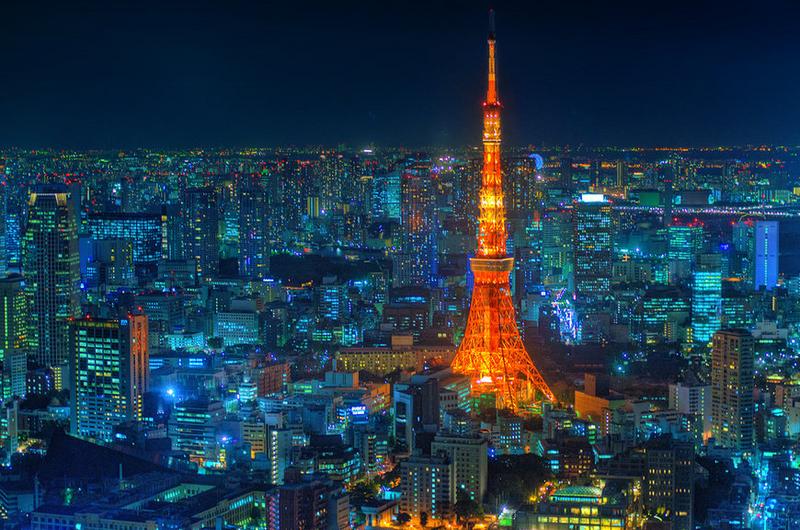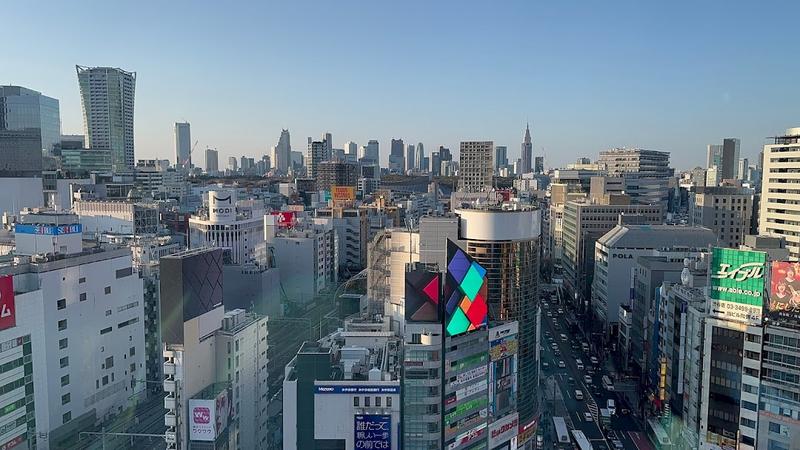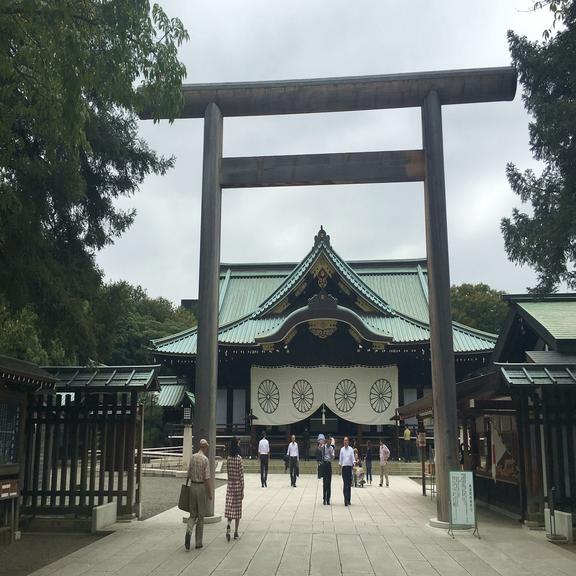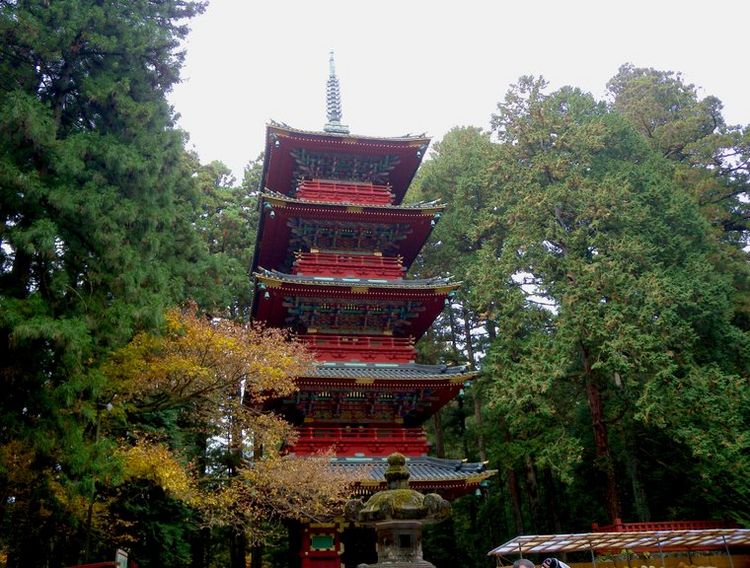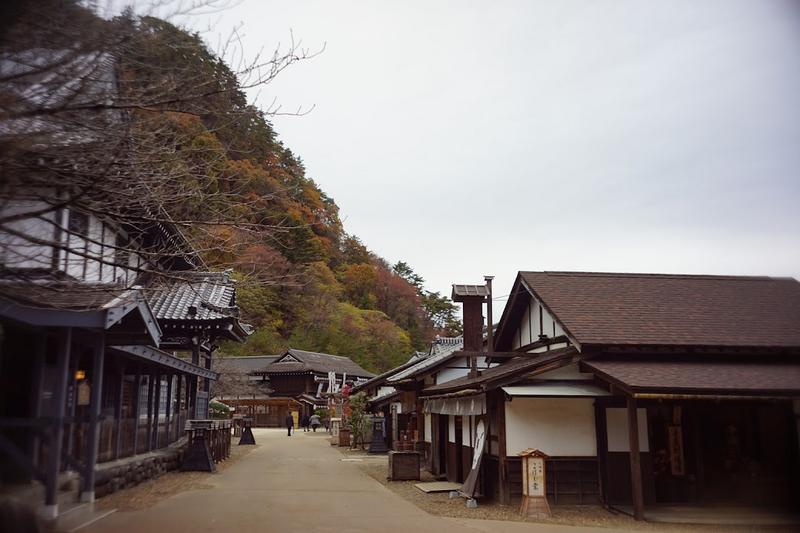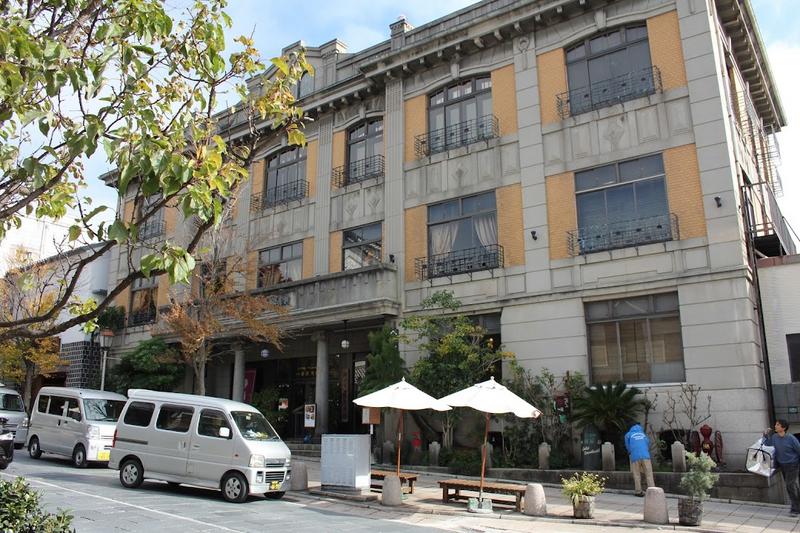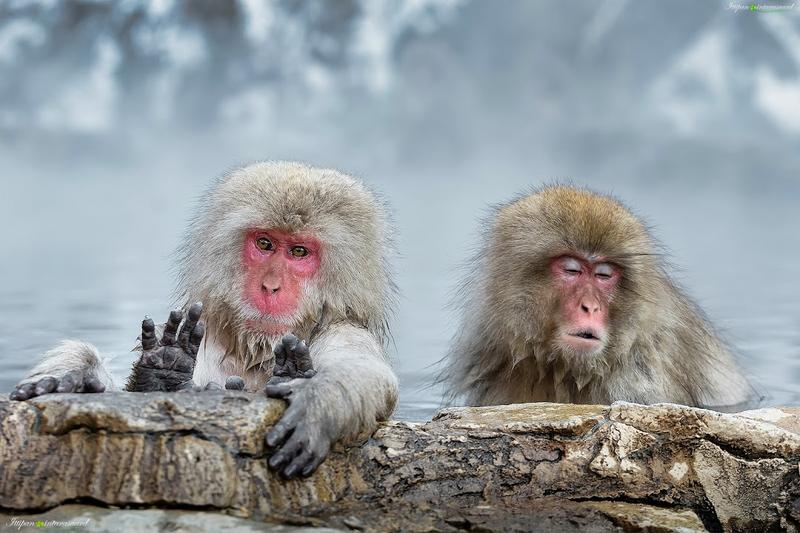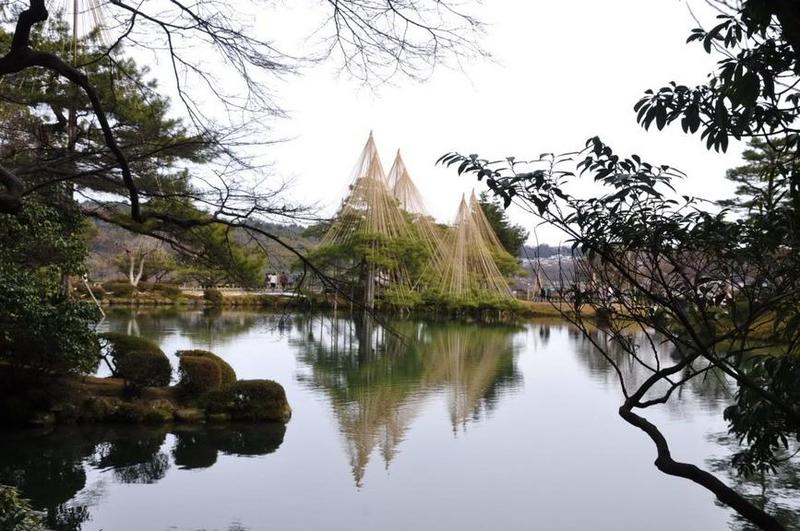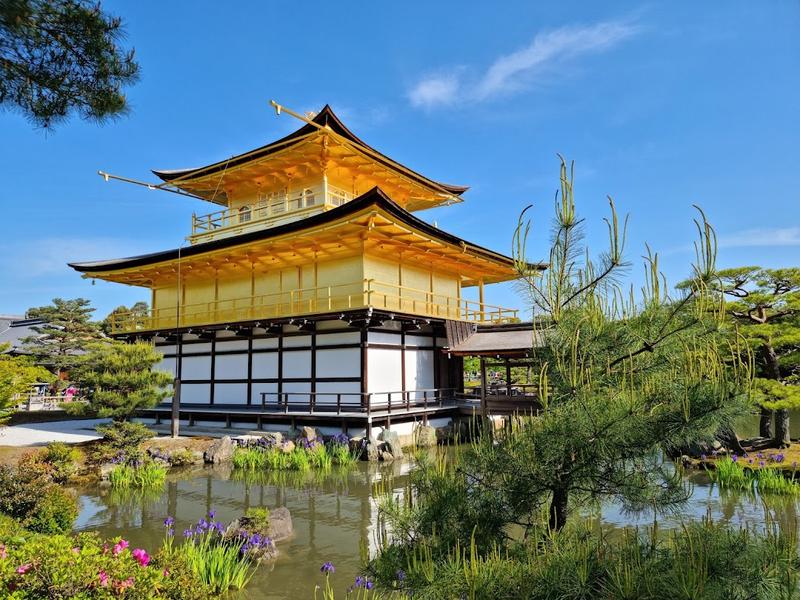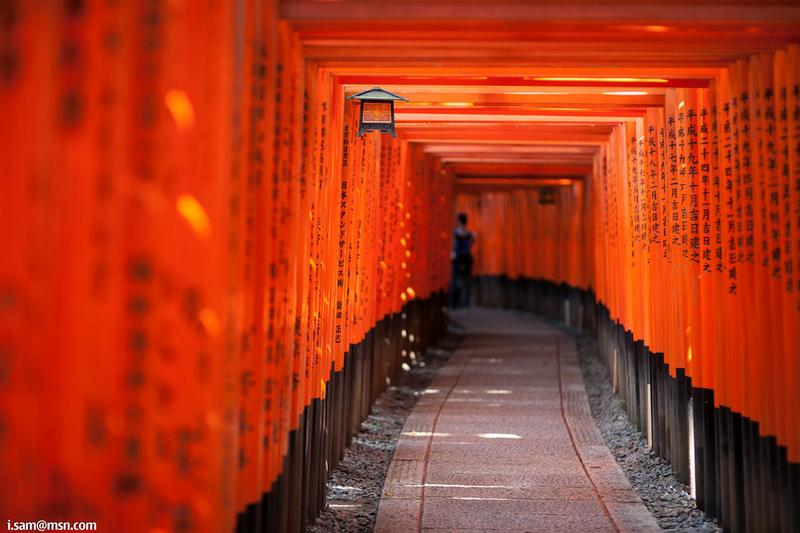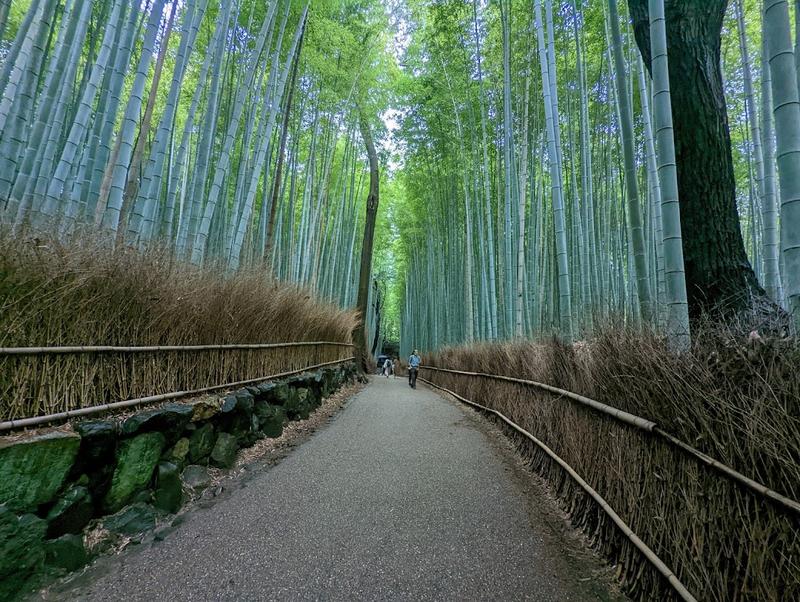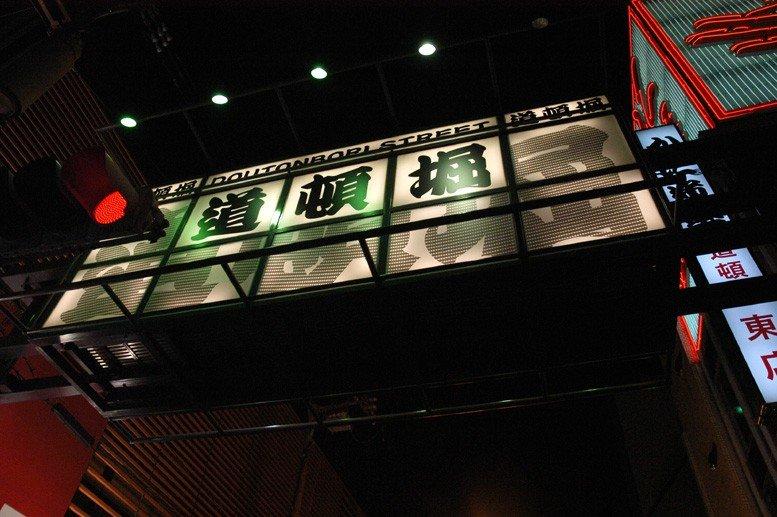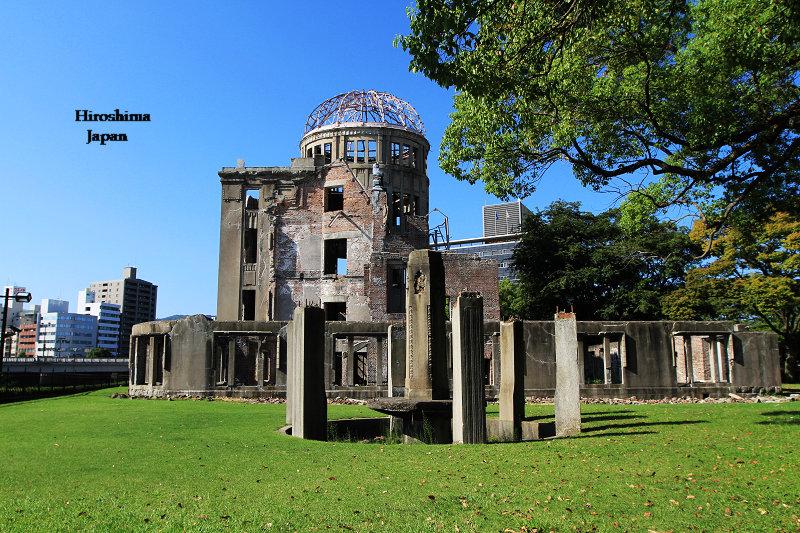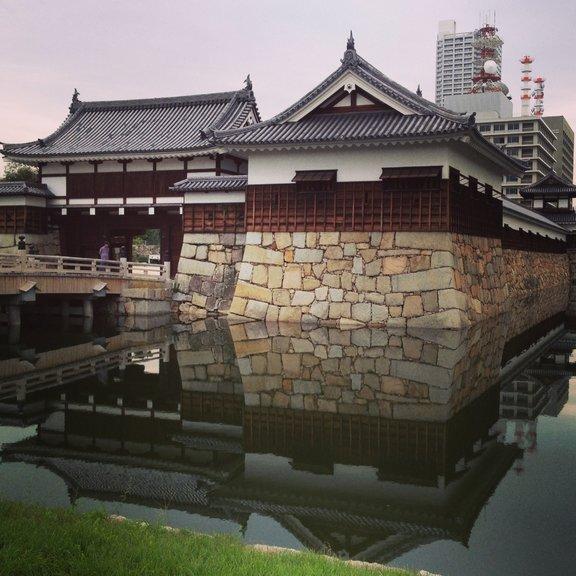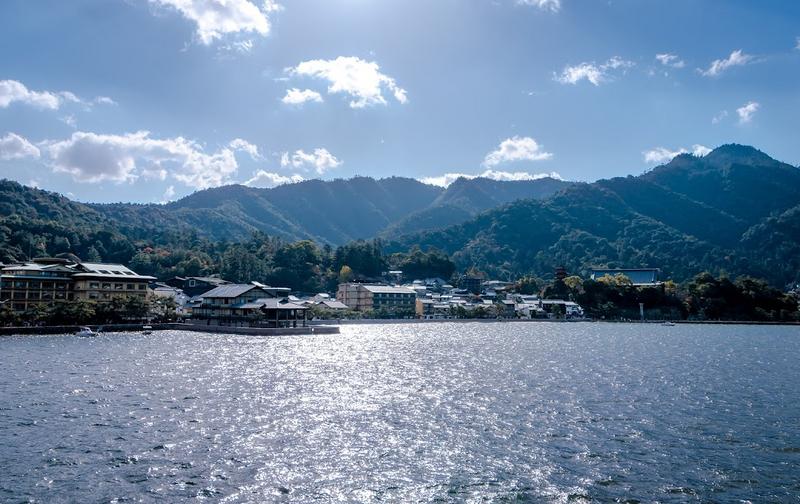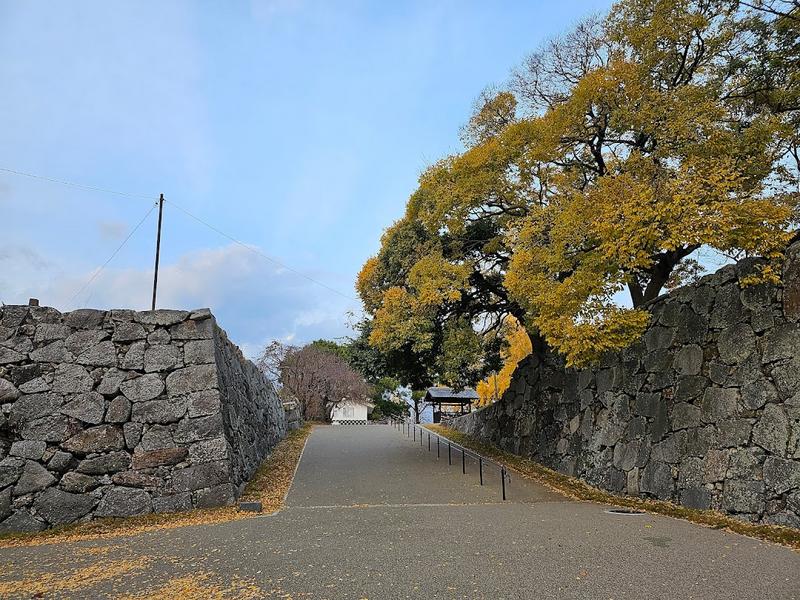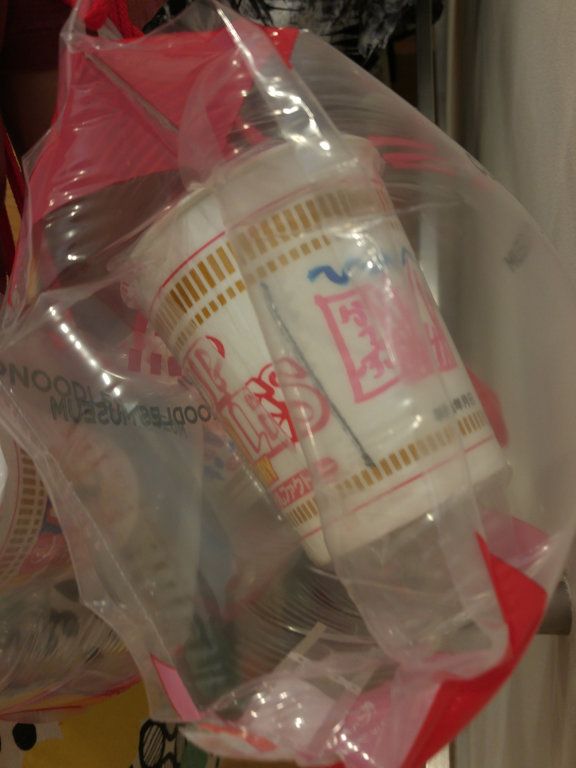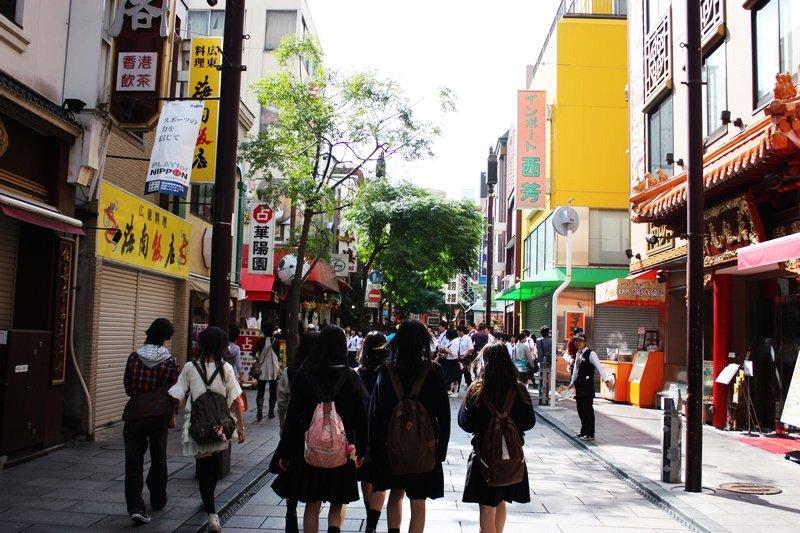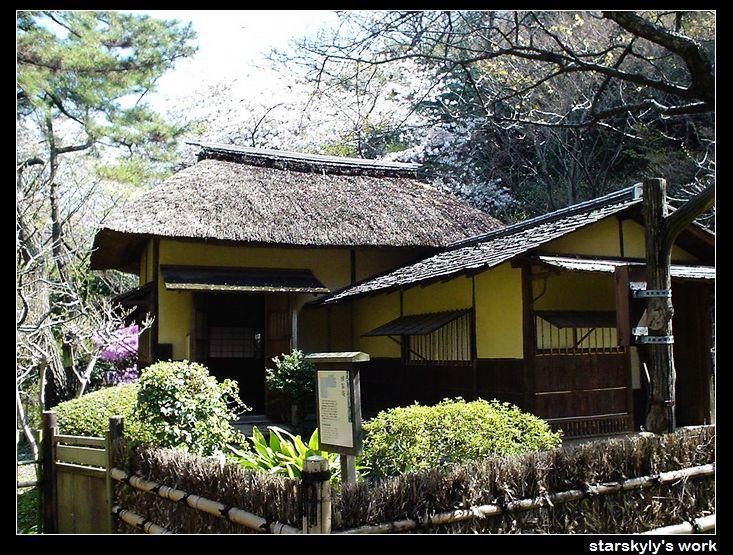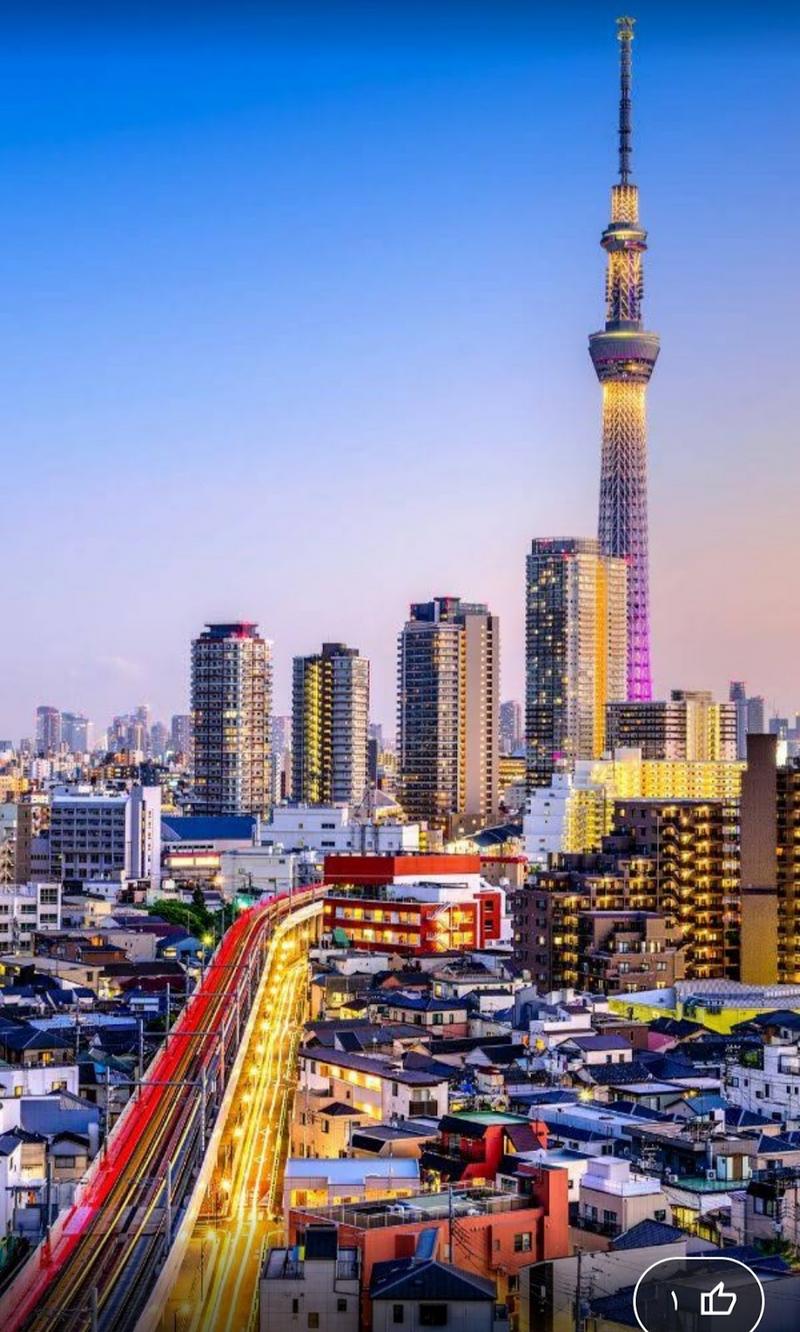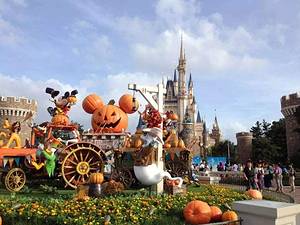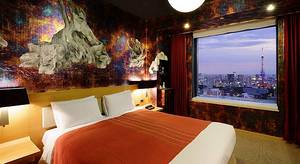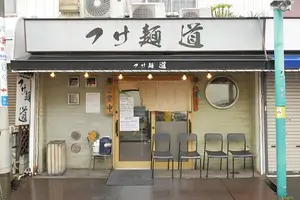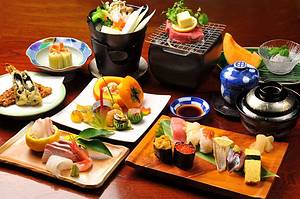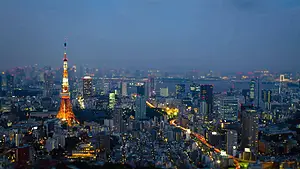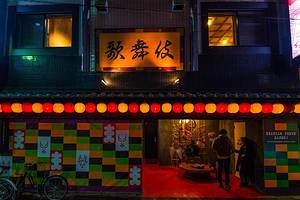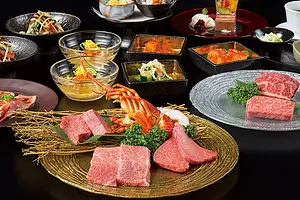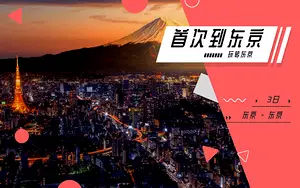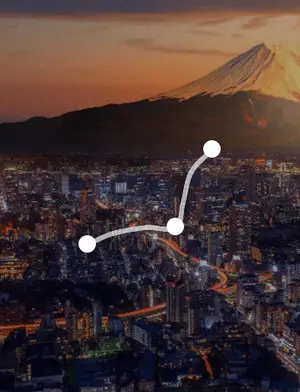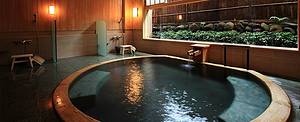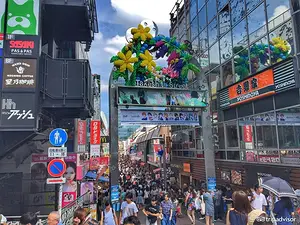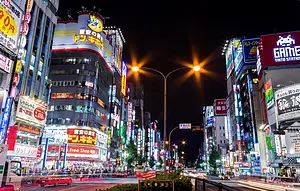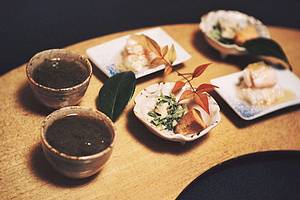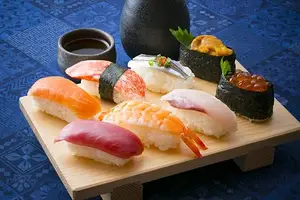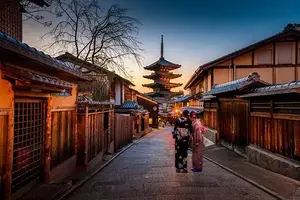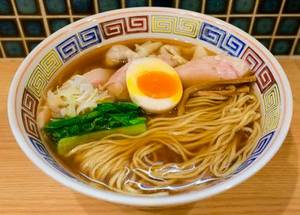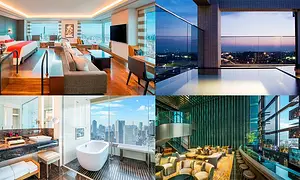Discover Japan: Winter to Spring Road Trip 2025
9 cities |
23 attraction(s) |
total distance 2100
km
 TIPS
TIPS
Day1-3
Day4-5
Day6-8
Day9-10
Day11-13
Day14-15
Day16-18
Day19-21
Day22-24
Day1-3: Tokyo > Nikko
4 attraction(s) ·
127 km
1
Tokyo Tower, also known as Nihon Denpa-tō, is located in Shiba Park, Minato Ward, Tokyo, Japan. It is a red and white tower modeled after the Eiffel Tower in Paris, standing at a height of 332.6 meters, 8.6 meters taller than the Eiffel Tower. Built in October 1958, it was once the tallest structure in Tokyo until the completion of Tokyo Skytree (634 meters) in February 2012, and has always been one of the landmarks of Tokyo. The tower has an observation deck at the top, offering panoramic views of the entire Tokyo metropolitan area, with a clear view of Mount Fuji on a clear day. The tower's lighting changes colors according to the season, with special decorations for holidays such as Christmas.
5
km
3
Meiji Jingu is one of the important Shinto shrines in Japan, enshrining the spirits of Emperor Meiji and Empress Shoken. It is located in Tokyo and is a tranquil place surrounded by greenery. A luxurious torii gate stands at the entrance of the shrine like a guardian. After passing through the "rising" shaped Sando, the most magnificent structures of the shrine, the main hall and treasure house will appear before your eyes. Shin-ichiro Okada was the designer of the main hall, and he used pebbles to pave the ground to ward off evil spirits. The plants in the Meiji Jingu inner garden show different views with the change of seasons. Although there are few cherry blossoms, which are representative of Japan, water lilies have become one of the most important plants in the shrine because Empress Shoken loved them very much. In September, water lilies bloom in the shrine and provide the visitors with a visual feast. In autumn, the ginkgo avenue at the entrance of the shrine can be enjoyed with a golden and brilliant view, which is very beautiful. Every October, on the occasion of Emperor Meiji's birthday, Meiji Jingu presents various traditional arts performances. The most special one is the Yabusame horseback archery, a classical ritual that has been passed down for 1500 years, which is a must-see.
121
km
4
Nikko Toshogu Shrine in Nikko, Japan is one of the most important Toshogu Shrines in the country and also serves as the tomb of Tokugawa Ieyasu. Here, you can admire the highest level of craftsmanship in Edo period wooden carvings, with one of the most famous being the three monkeys carved in a stable, representing the proverb "see no evil, hear no evil, speak no evil". Next to Toshogu Shrine, there are also Rinno-ji Temple and Nikko Futarasan Shrine, collectively known as "Two Shrines and One Temple of Nikko", which are designated as a UNESCO World Heritage site.
Day4-5: Nikko > Nagano
3 attraction(s) ·
149 km
3
Destination for up-close viewing of snow monkeys in a secluded park accessible by long, scenic walk.
Day6-8: Kanazawa
2 attraction(s) ·
1 km
1
Kenrokuen Garden, located in the center of Kanazawa, Japan, is an elegant and exquisite Japanese-style garden. It is one of the three most famous gardens in Japan due to its grand scale and artistic beauty. The garden, which was constructed by several generations of the Maeda family, features a large central pond surrounded by Japanese-style rock formations and pavilions, offering panoramic views from any location. Inspired by an ancient legend, the design concept includes multiple small islands in the pond facing the sea, where immortal beings from myths reside, symbolizing eternal youth and prosperity for the Maeda family. Kenrokuen Garden is renowned for its unique landscape elements, including grandeur, tranquility, artistry, antiquity, water features, and distant views, making it a representative of Japanese gardens. The iconic koto-shaped lanterns scattered throughout the garden and the water fountains that use natural water pressure created by elevation differences are among its most famous features. Each season in Kenrokuen Garden showcases different natural beauty, including cherry blossoms and plum blossoms in spring, rhododendrons and irises in summer, vibrant autumn foliage, and a touch of poetic beauty with snow on the pine trees after November 1st each year.
1
km
2
The Kanazawa 21st Century Museum of Contemporary Art opened in 2004, showcasing numerous artworks. Just a year later, it attracted 1.57 million visitors, and after five years, the total number of visitors reached 7 million. It is regarded as an important tourist attraction alongside Kenrokuen Garden and Kanazawa Castle. The museum's design won the Golden Lion award at the Venice Architecture Biennale. The exterior of the museum is a low glass cylinder with extensive use of glass walls, providing a visually striking "penetrating, flowing" effect, which is the uniqueness of the two designers. Inside, the most notable exhibit is the "Swimming Pool" by Argentine installation artist Leandro Erlich, where a 50-centimeter layer of "water" separates the pool top and bottom, allowing visitors to discover different perspectives from the poolside or "underwater".
Day9-10: Kyoto
3 attraction(s) ·
20 km
1
Historic, tranquil temple with a gold-leaf facade set amid landscaped gardens & a reflecting pond.
9
km
2
Fushimi Inari Taisha is located at the foot of Mount Inari in the southern part of Kyoto, with a long history. Legend has it that the agricultural deity Inari enshrined here can bless business prosperity and abundant harvest, attracting many pilgrims to worship. Foxes are considered messengers of the gods, so there are many different-shaped fox stone statues and fox-faced prayer plaques, showing people's reverence for foxes. Fushimi Inari Taisha is not only worth visiting for its main building, but also known for its "Senbon Torii" or "Thousand Torii Gates". This path to the mountaintop is lined with hundreds of vermilion-colored torii gates, spanning about 4 kilometers in total. It takes 2-3 hours to walk round trip to the mountaintop. This route is one of the representative landscapes of Kyoto and has appeared in the movie "Memoirs of a Geisha", leaving a deep impression with the scenes featuring the backdrop of the thousand torii gates.
11
km
3
A popular sightseeing path runs uphill through this forest of towering bamboo stalks.
Day11-13: Osaka
2 attraction(s) ·
3 km
1
Osaka Castle is a famous scenic spot located in Osaka Castle Park in Chuo Ward, Osaka City, and is one of Japan's three famous castles in history. It was the residence of Toyotomi Hideyoshi during the Momoyama Period, and was therefore also known as the "Golden Castle" or the "Castle of Brocade". After experiencing two battles at Osaka, Tokugawa Ieyasu defeated the Toyotomi family and Osaka Castle became an important stronghold for the Tokugawa shogunate to control western Japan. The fortress and the surrounding town of Osaka Castle have a total length of about 7.8 kilometers, which is comparable to the size of the inner castle of Edo Castle in its early period. In the late Edo period, including the outer castle town, the circumference was about 15.8 kilometers, similar in size to the Old Shanghai County City and Suzhou Prefecture.
3
km
2
どうとんぼり
Dotonbori is Osaka's most bustling district and also the local food center. It is the birthplace of Osaka's food culture and attracts many travelers who come to taste the cuisine. From takoyaki, teppanyaki, yakiniku, kushikatsu, revolving sushi to fugu cuisine, it covers almost all of Osaka's characteristic cuisine, even inconspicuous small shops can serve delicious food. This longing food culture fully demonstrates the appetite of the people of Osaka, and it's not uncommon to eat until bankrupt.
If you want to recommend a few stores, it is recommended to try the “Kinryu Ramen” with always-long queues in front of the store, the teppanyaki original “Botechu” and the famous store “Konamon Museum”, where you can experience the experience of tasting and making takoyaki. In addition, “Osaka Ohsho” and “Kani Douraku” are also worth trying. The most authentic taste of these two nationally known chains is in their main stores.
In addition to food, you can also visit Hozenji Temple, go to the Matsuzakaza to enjoy Kabuki performances, take a walk along Dotonbori River at night, enjoy the colorful neon lights, and experience the feel of the Edo period.
Day14-15: Hiroshima
3 attraction(s) ·
22 km
1
Hiroshima Peace Memorial Park is located in the center of Hiroshima City and was designed and built by Japanese architect Kenzo Tange. The park is beautifully landscaped, with lush trees and especially stunning cherry blossoms in spring. Two rivers flow through the park, creating a stark contrast to the devastating impact of the atomic bombing during World War II. Within the park, there are memorials such as the Atomic Bomb Memorial Monument and the Hiroshima Peace Memorial Museum, embodying the spirit of peace and reverence for life. Every year on August 6th, Hiroshima holds a Peace Memorial Ceremony to remember the victims of the atomic bombing and advocate for world peace.
2
km
2
Hiroshima Castle, also known as "Carp Castle", is located on the plains of the Ota River delta. It was initially constructed by the renowned general Mori Terumoto and completed ten years later. This beautiful castle was severely damaged during the atomic bombing in 1945. In order to restore its original appearance, the castle was reconstructed based on its original design in 1958. In 1994, the Ninomaru Palace, Tenshukaku Tower, and Taikomon Gate were also reconstructed.
21
km
3
Island that's home to a number of temples & shrines, plus the Museum of History & Folklore.
Day16-18: Fukuoka
1 attraction(s) ·
0 km
Day19-21: Yokohama
3 attraction(s) ·
5 km
1
The "Cup Noodle Museum" officially opened in the Minato Mirai 21 district of Yokohama on September 11, 2011. The museum's official name is the "Ando Momofuku Invention Memorial Hall" in commemoration of Mr. Momofuku Ando, the founder of Nissin Foods (now Nissin Food Holdings Co., Ltd.). Mr. Ando invented chicken noodle soup in 1958, Cup Noodles in 1971, and space food "Space Ramen" in 2005. The museum aims to allow people to experience firsthand Mr. Ando's "creative thinking" essence through various exhibitions.
2
km
2
Yokohama Chinatown is located in the Naka Ward of Yokohama City, Kanagawa Prefecture, Japan. It has a history of 140 years and is one of the largest Chinatowns in Japan. It is known as one of the three largest Chinatowns in Japan, along with Nankinmachi in Kobe and Shinchi Chinatown in Nagasaki. Yokohama Chinatown has over 200 Chinese restaurants and is a residential area for Chinese people.
4
km
3
These buildings are located in the Yamate district.
Sankyo-en, a Japanese-style garden created by Sankyo, has now become a large garden attraction. Sankyo, a wealthy entrepreneur in the silk industry and a famous art enthusiast, created this beautiful garden with his talent and expertise. The Linchun Pavilion and the triple tower of the old Dengming Temple in the garden are designated as national important cultural heritage, with irreplaceable cultural value. In addition, visitors can also enjoy beautiful scenery such as plum blossoms, cherry blossoms, rhododendrons, and autumn leaves, making it a must-visit destination.
